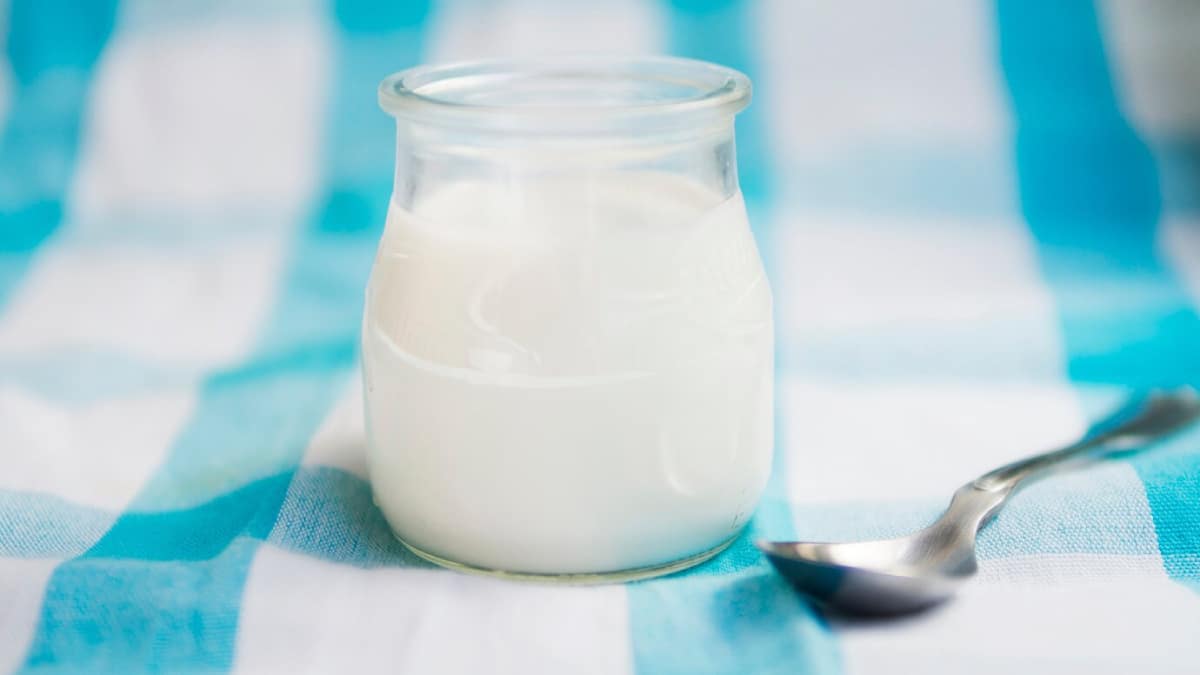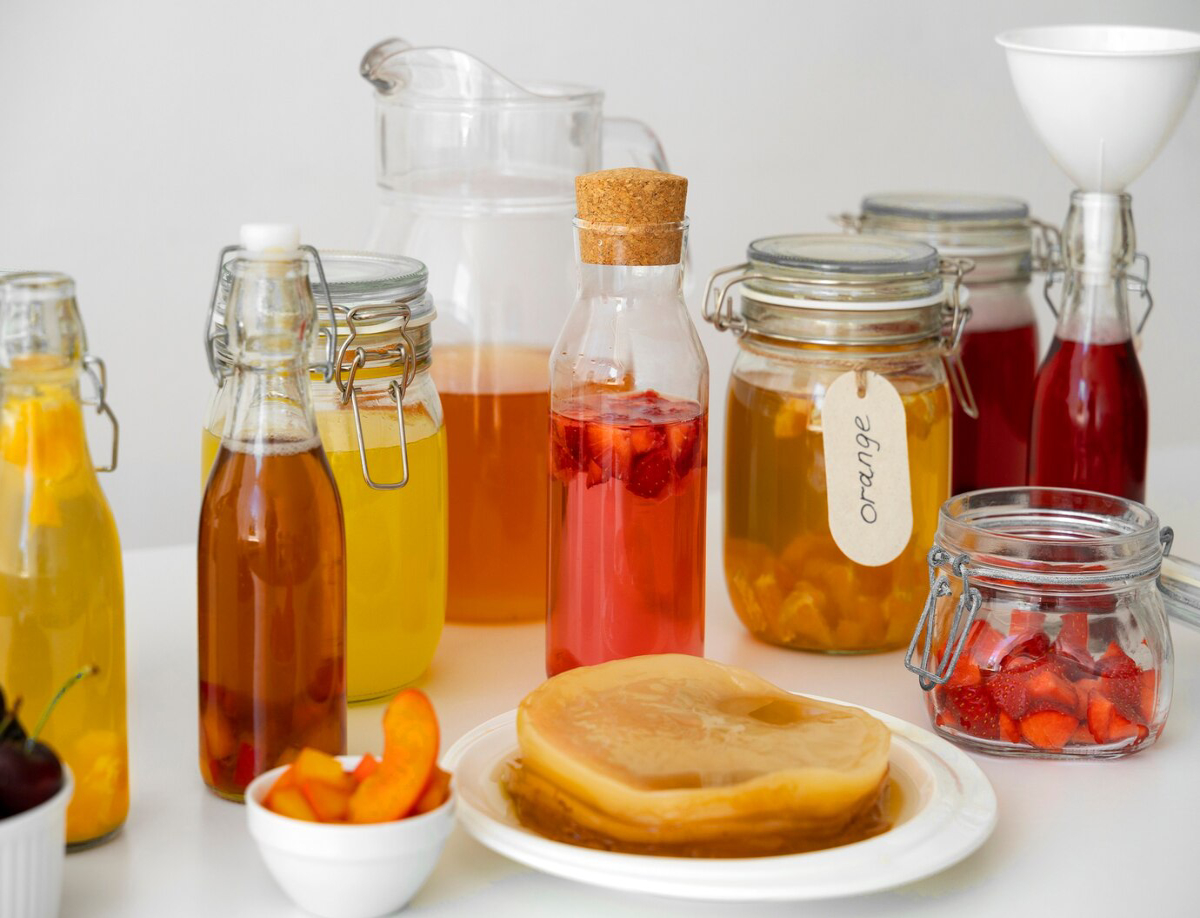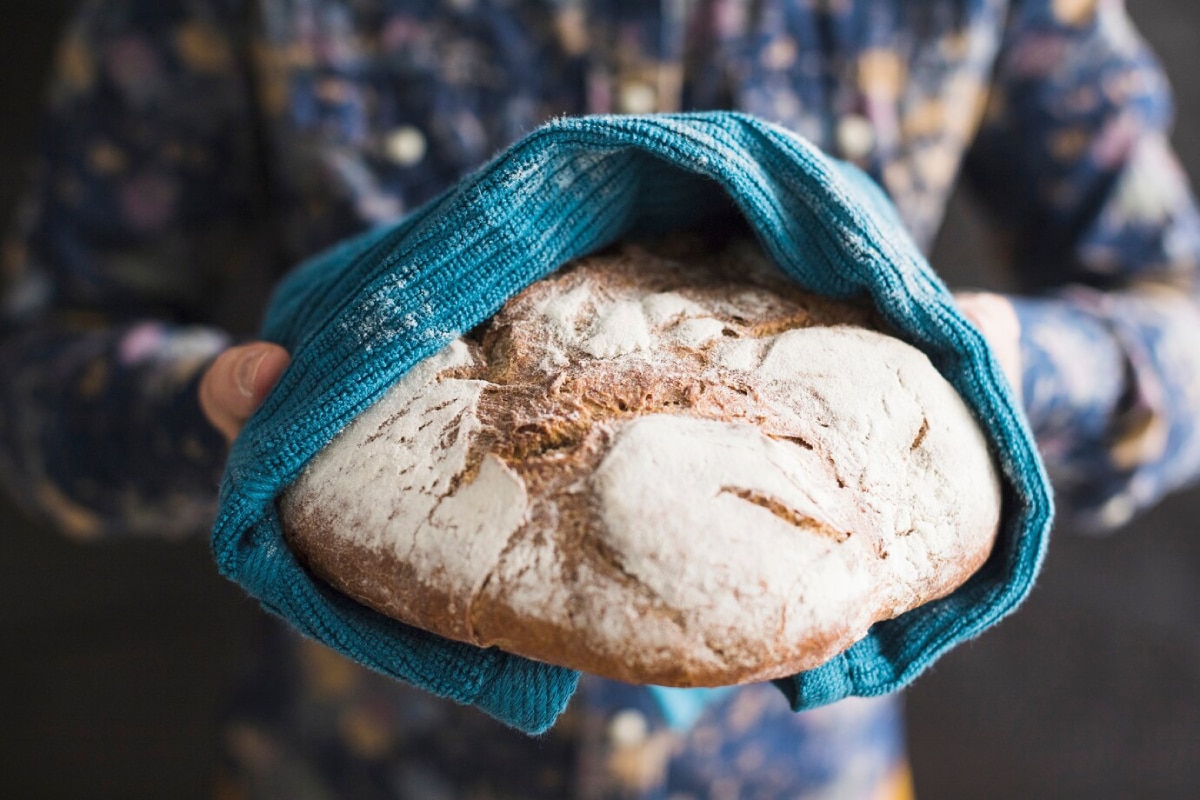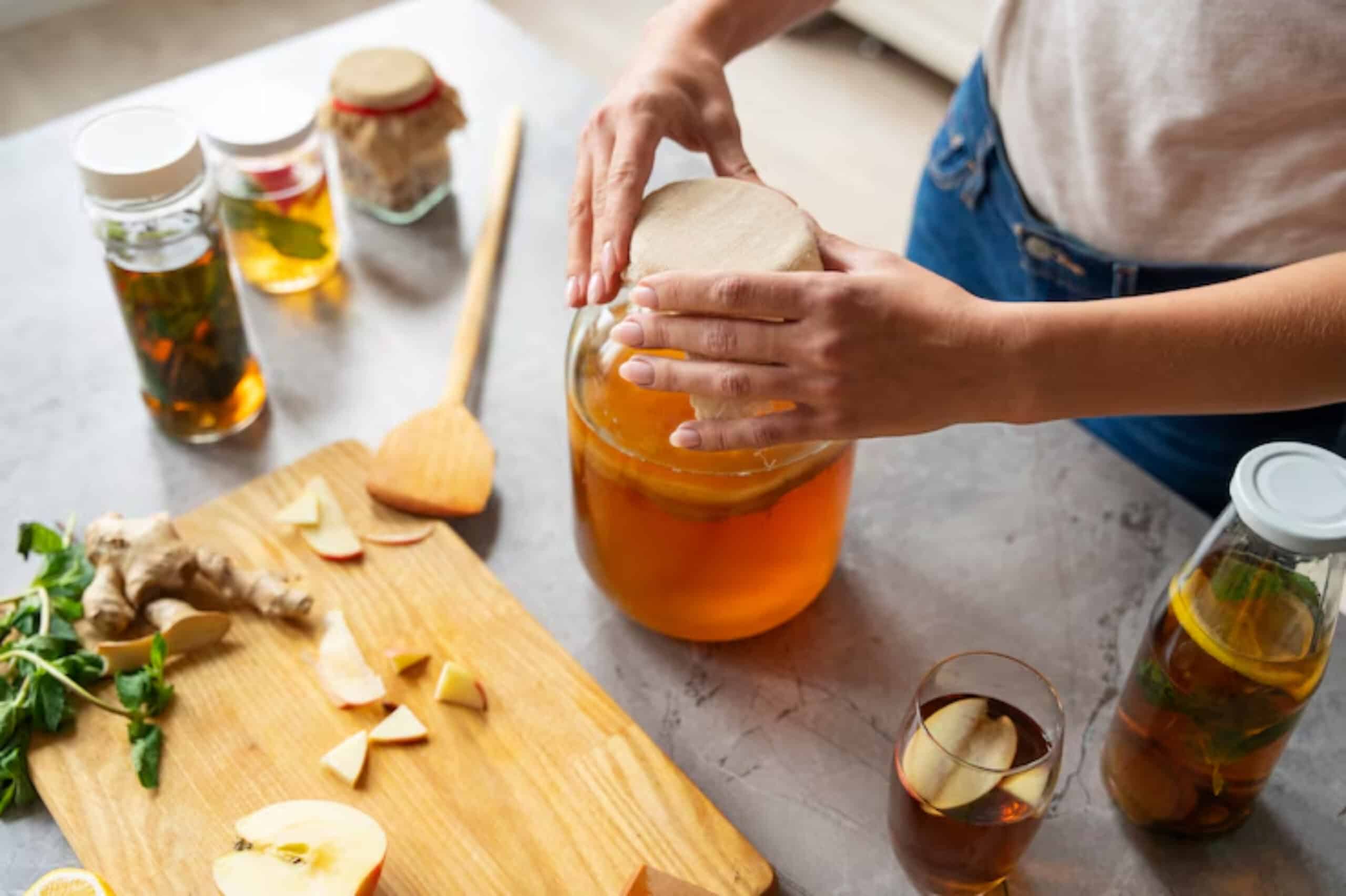
Making Fermented Garlic in Honey for a Natural Health Boost
Picture this: It’s winter. Everyone around you is sniffling, sneezing, and coughing. You, however, are sipping herbal tea and reaching for a golden jar on your shelf. Inside? A humble yet potent remedy – fermented garlic in honey. This naturally sweet, slightly tangy elixir has long been cherished in folk traditions as a homemade immune booster.
In this post, you’ll learn exactly how to make this probiotic garlic recipe from scratch. Whether you’re curious about fermentation or looking for a tasty way to enhance your wellness routine, this guide covers everything: from ingredients to safety, from scientific backing to anecdotal insights. Plus, we’ll walk through practical tips and pitfalls to avoid. Ready to turn garlic and honey into golden medicine? Let’s get fermenting.
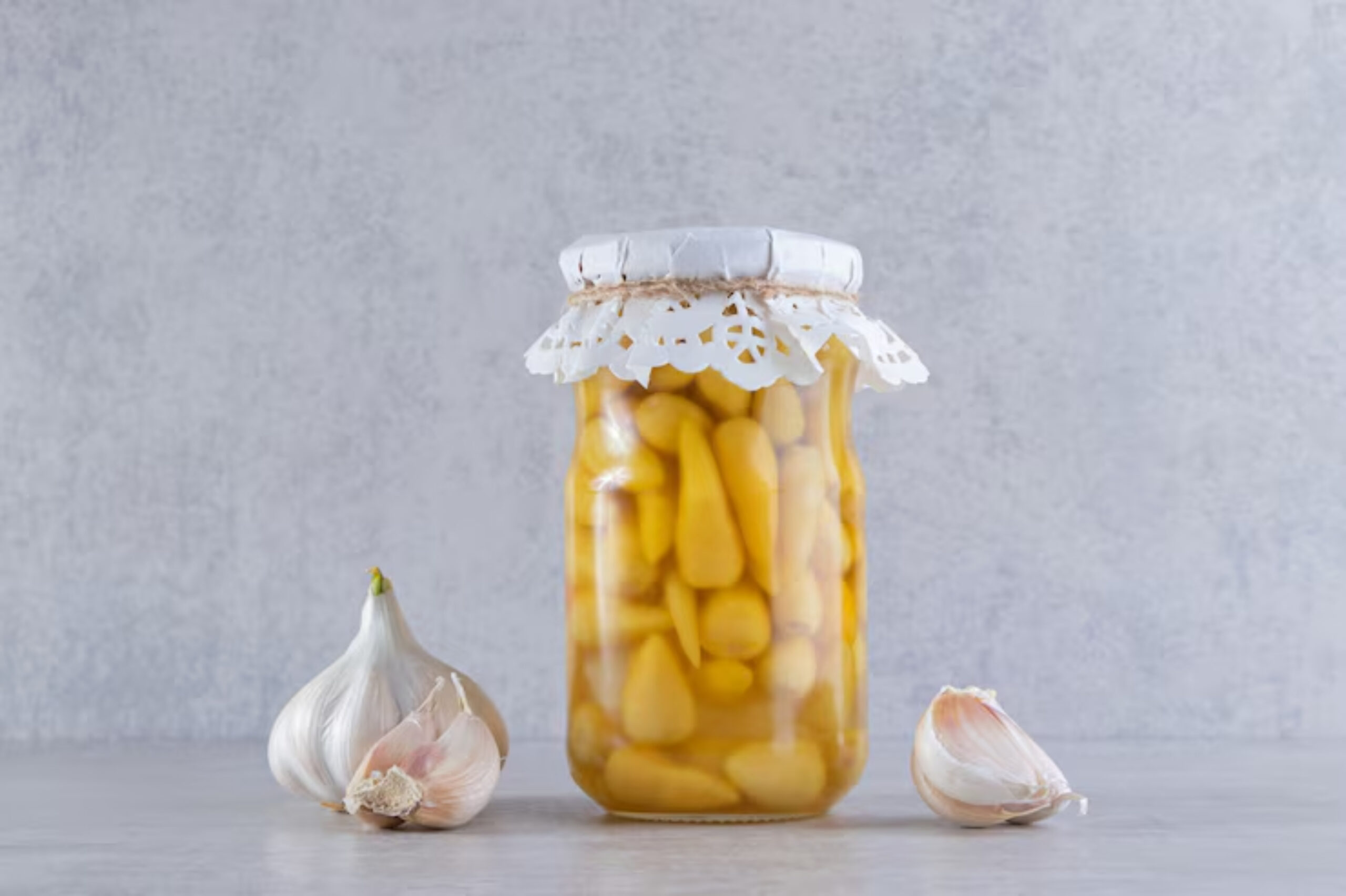
What is Fermented Garlic in Honey?
A Fusion of Two Superfoods
Fermented garlic in honey combines the antibacterial, antifungal properties of garlic with the enzymatic, soothing power of raw honey. When submerged in honey, garlic releases its juices, initiating a slow, natural fermentation process. This mixture becomes probiotic-rich and increasingly mellow in flavour over time.
Why Ferment It?
- Boosts immunity naturally
- Enhances flavour and digestibility
- Increases probiotic content
- Preserves garlic longer
Unlike raw garlic, which can be quite pungent and harsh, fermentation softens its bite. What you get is a sweet, syrupy, umami-packed infusion that’s ideal for everyday use.
The Science Behind the Magic
Understanding Fermentation
Fermentation is a natural metabolic process where microorganisms like bacteria and yeasts break down sugars into acids, gases, or alcohol. In this case, the honey (rich in glucose and fructose) feeds the wild yeasts and lactobacilli naturally present on the garlic and in the air.
Probiotic Benefits
Though not as potent as fermented dairy or vegetables, honey ferments can still introduce beneficial microbes to your diet. These microbes:
- Support gut flora balance
- Enhance digestion
- Strengthen immune response
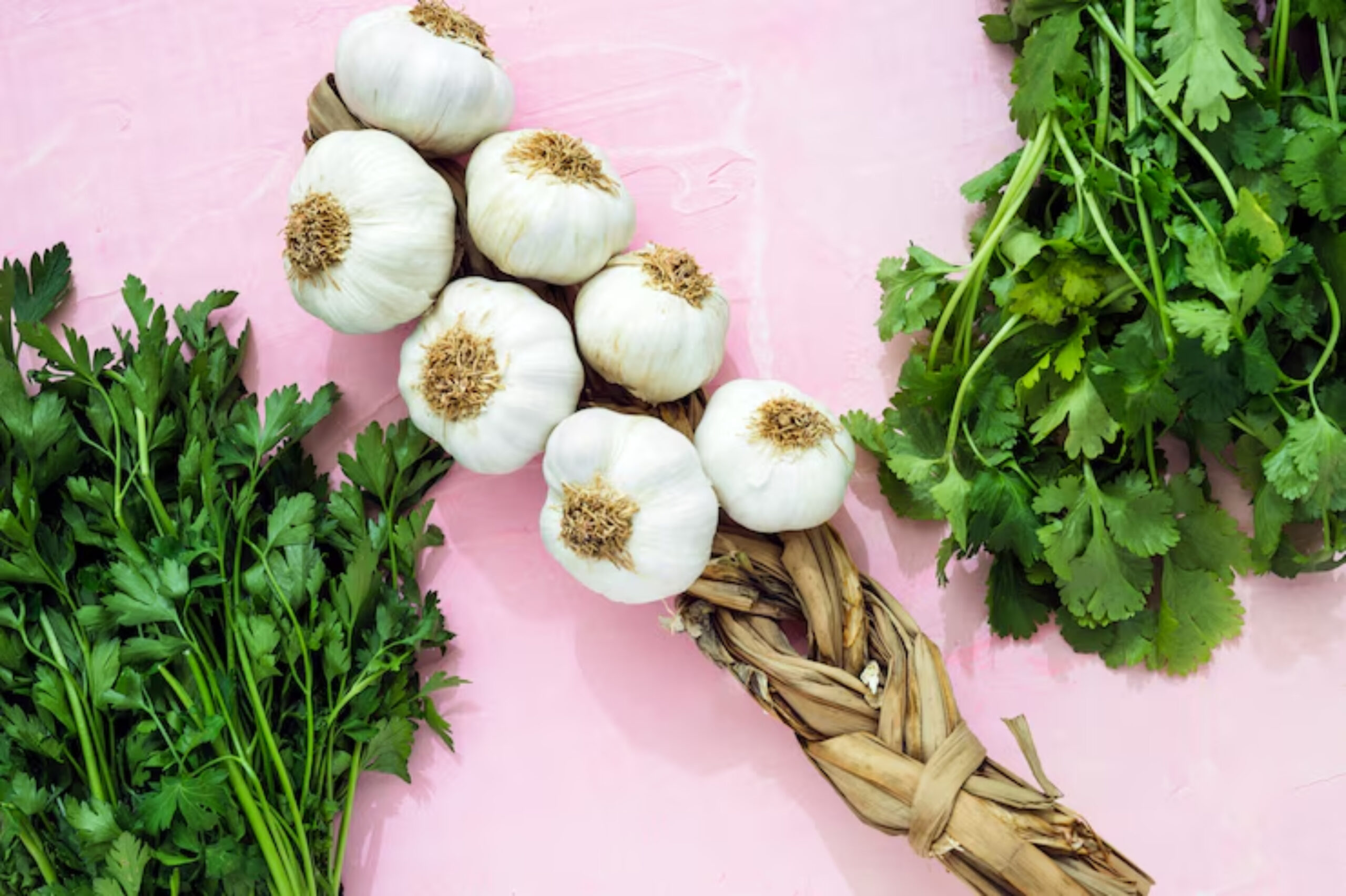
What You’ll Need (Tools & Ingredients)
Ingredients:
- 2-3 bulbs of organic garlic (peeled)
- 1 cup of raw, unpasteurised honey (preferably local)
Optional Add-Ins:
- A slice of lemon
- A sprig of rosemary or thyme
- A few black peppercorns
Tools:
- A sterile glass jar with lid
- A wooden spoon or chopstick
- Labels (for date tracking)
Curious about essential equipment? Check out Must-Have Tools for Home Fermentation.
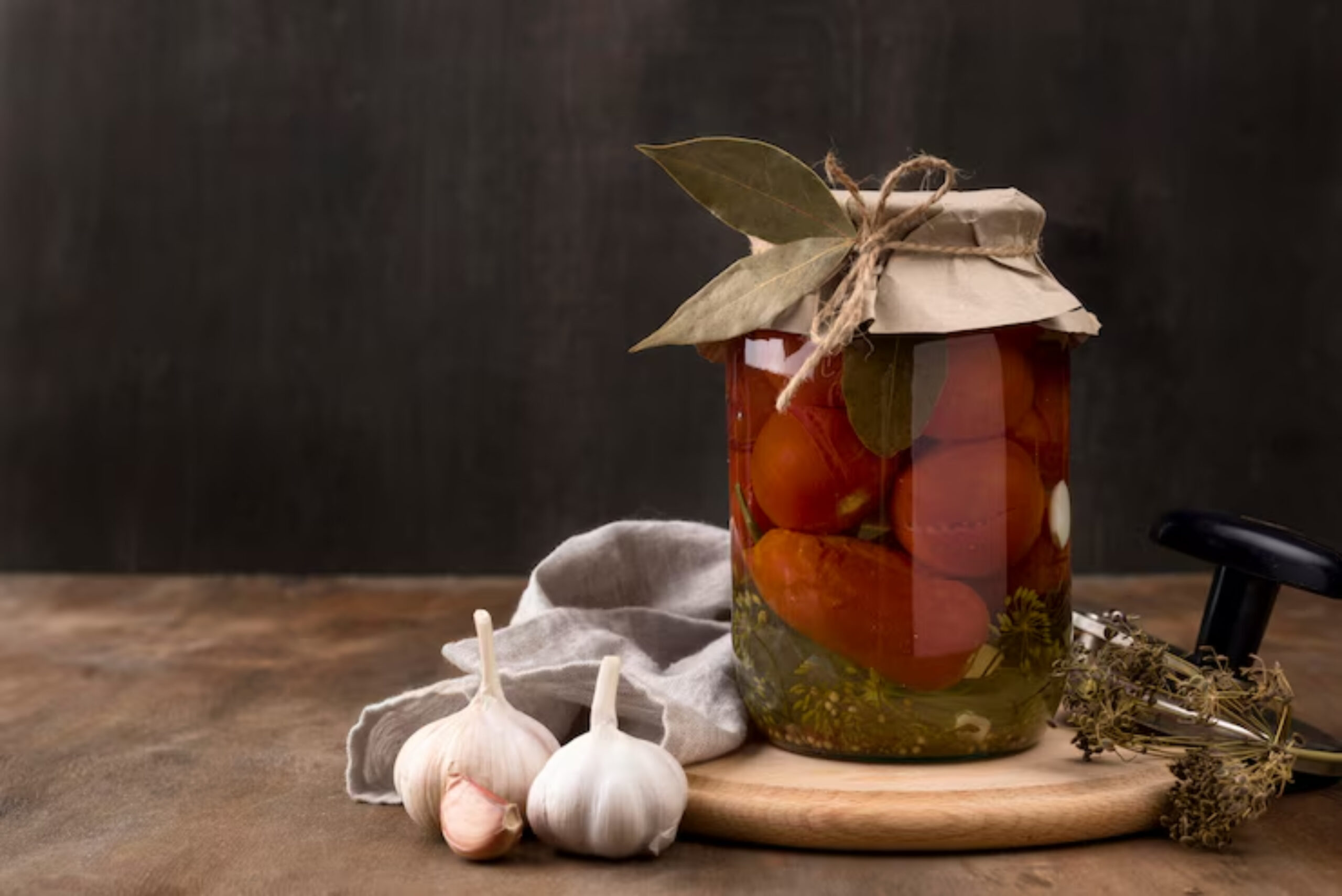
Making Fermented Garlic in Honey
Prep Your Garlic
- Separate the cloves from the bulb.
- Peel each clove (use a silicone garlic peeler or crush lightly to loosen skins).
- Inspect for any mould or damage – discard anything dodgy.
Fill Your Jar
- Add peeled cloves to the jar (fill it around 2/3).
- Pour honey over the garlic until fully submerged.
- Leave about 1 inch of headspace.
Stir and Label
- Use a clean utensil to stir and release air bubbles.
- Label your jar with the start date.
Let It Ferment
- Place the jar in a dark, room-temperature spot (18–24°C).
- Open the jar daily for the first week to release gases.
- Stir gently and ensure garlic stays covered.
Wait and Taste
- After 1–2 weeks, bubbles and cloudy honey indicate fermentation.
- The longer it sits, the milder and more syrupy it becomes.
Tip: After one month, it’s usually ready for regular use but can keep fermenting for several months.
Tips for Success
- Use raw honey only – pasteurised honey won’t ferment properly.
- Don’t refrigerate during fermentation.
- Avoid metal lids – use plastic or glass.
- Keep garlic submerged to avoid mould.
- Watch for bubbles and garlic floatation – these are good signs!
How to Use Fermented Garlic Honey
Daily Wellness Boost
- Eat 1 clove per day on an empty stomach
- Drizzle a spoonful into herbal tea (when slightly cooled)
- Add to salad dressings or vinaigrettes
Culinary Inspiration
- Brush on roast chicken or lamb
- Mix into sauces or marinades
- Glaze roasted vegetables
Home Remedy Applications
- Soothe sore throats
- Ease digestive upset
- Add to cold-fighting tonics
Real-Life Stories & Anecdotes
“I started making this during the pandemic. My kids call it ‘magic syrup.’ I was amazed by how their seasonal colds shortened. It also tastes surprisingly sweet, even the garlic!”
— Priya M., home fermenter from Leeds
“My grandma used to make something similar but with jaggery instead of honey. Fermented garlic always reminds me of winter mornings in her kitchen.”
— Yusuf A., Manchester chef
Is It Safe to Eat?
Yes – when prepared and stored correctly. The high sugar content of honey creates an inhospitable environment for most harmful bacteria. However, always:
- Use clean utensils
- Store in a cool, dark place
- Discard if it smells sour, shows mould, or has discolouration
Note: Garlic-in-oil mixtures pose botulism risks, but garlic in honey (which is acidic and low in water activity) is far safer when raw and kept aerobic.
How Long Does It Last?
Properly made, it can last up to 12 months. The flavour will evolve over time – becoming richer and more caramel-like.
Frequently Asked Questions
Can I Use Crushed Garlic?
Yes, but it may ferment faster and increase the chance of floating garlic or air exposure. Whole cloves are more stable.
Is It Safe for Kids?
Children over the age of one can safely consume it. Never give honey to babies under one.
What if My Garlic Turns Blue or Green?
This is a natural reaction between garlic enzymes and acidity. It’s safe and doesn’t indicate spoilage.
Your Daily Dose of DIY Wellness
Fermented garlic in honey isn’t just a probiotic garlic recipe; it’s a gateway into natural, homemade remedies that are delicious, simple, and science-backed. It fuses tradition and nutrition, flavour and function, giving you a go-to homemade immune booster that you can make once and enjoy for months.
So why not start a jar today? Trust the process, enjoy the sticky-sweet transformation, and share it with someone you love. If you found this guide helpful, please leave a comment below, share it with your health-conscious friends, or subscribe to our fermentation newsletter!
Learn more about The Science Behind Fermented Probiotics.
